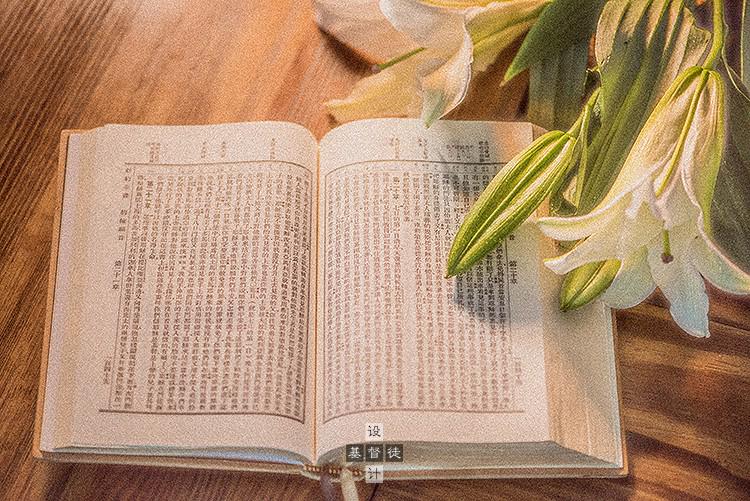Do You Know the Origins of the Chinese Union Version Bible That You Read Every Day?
The Chinese Union Version is the most widely used Chinese Bible translation by Chinese communities nationwide. It has been popular among readers since its creation. The Bibles that we read daily are, for the most part, Chinese Union Versions. But perhaps many people are still unfamiliar with its origin and history.
In this Q & A, let us briefly introduce you to the origins of the Chinese Union Version.
Readers ask, who wrote (translated) the Chinese Union Version?
The Chinese Union Version is one of many Chinese translations of the Bible. It is also called the Kuoyu Union Version or the Mandarin Union Version. It is the most commonly used Bible translation amongst Chinese churches today.
The publication of this translation begun at the 1890 General Conference of Protestant Missionaries, which was held in Shanghai. The representatives of various missions at the conference set up three committees, who were responsible for the "Mandarin Union Version," "Easy Wenli Union Version," and the "Wenli Union Version" (Wenli means "literary") respectively.
In 1904, the Easy Wenli Union Version of the New Testament was published first. The Wenli Union Version of the New Testament was published in 1906 soon after. Later on, the missionaries realized that as newspapers, magazines, and the new education system were being reformed, the Easy Wenli version was gradually becoming the most commonly used language in society. Once this was established, the Wenli and Easy Wenli committees combined, and chose five people to translate the Old Testament together.
The Wenli Union Version of the complete Old and New Testaments was published in 1919, a month after the publication of the Mandarin Union Version. In 1906, the Mandarin Union translation of the New Testament was completed, and the translation of the Old Testament was completed in 1919. When it was officially published in 1919, the Bible translation was named the "Kuoyu Union Version." The translators' goals for the Union Version was that it is "faithful to the original," which means "insisting on the accuracy of words" and "emphasizing the accuracy of meaning."
In the latter 13 years of translating the Old Testament, the New Testament was also revised multiple times so that the meaning of Scripture is conveyed more clearly and beautifully. The Union translation took a total of 29 years to finish, and the final language used was more accurate than any earlier translations. It was also suitable for reading by church members, as well as scholarly research. After its publication, it became the most popular Chinese translation among churches and their members.
In the 20th century, the Union Version Bible is perhaps the most beautiful piece of Chinese reading, and because of this, the Union Version was somewhat influential in the New Culture Movement in China. Hu Shi's evaluation of the Union Version Bible calls it the most beautiful piece of Chinese at the time.
Because the Chinese Union Version was published at the beginning of the 20th century, its punctuation and layout matched the usage of the time, which are different from contemporary language use seen today. Because of this, the Bible Society revised the word choice, paragraph division, and punctuation of the Union Version in 1988, and published the Chinese Union Version with New Punctuation. After many years of revision, the Hong Kong Bible Society published the Revised Chinese Union Version in 2011. This included relatively greater revisions to the Union Version, for the purpose of aligning the translation more closely with the original text, as well as changing any obscure or outdated word choice in the original Union Version for language that is more commonly used today.
Translated By: China Source
CCD reprinted with permission.















